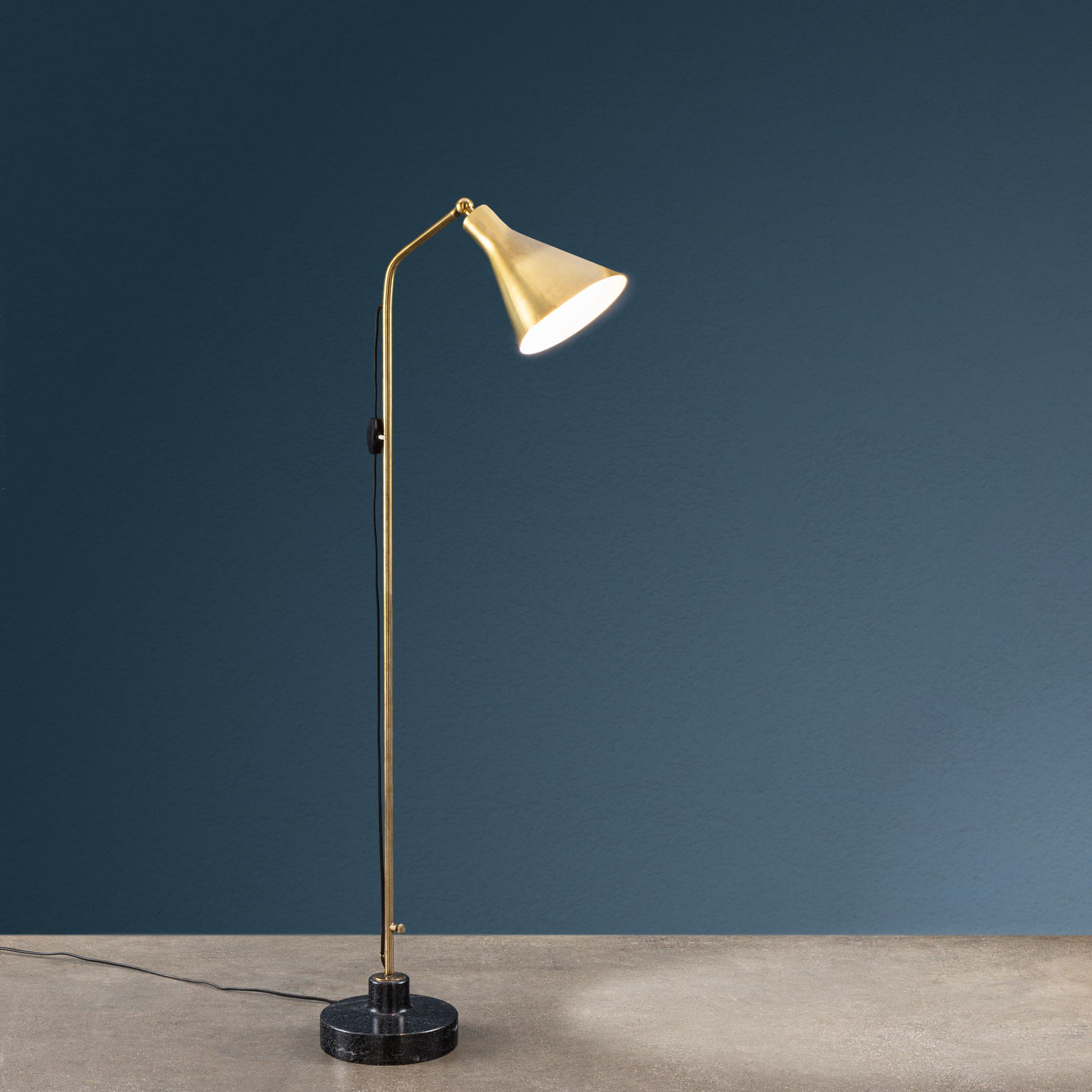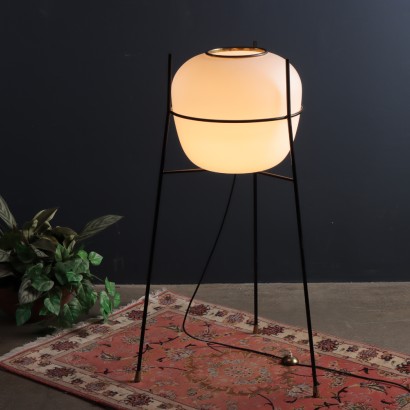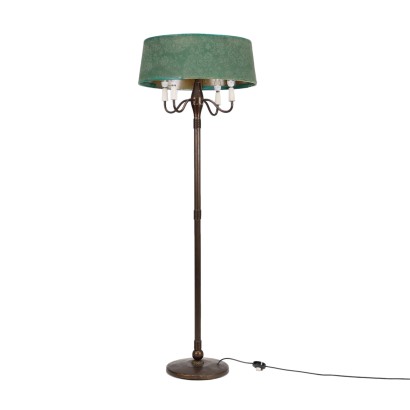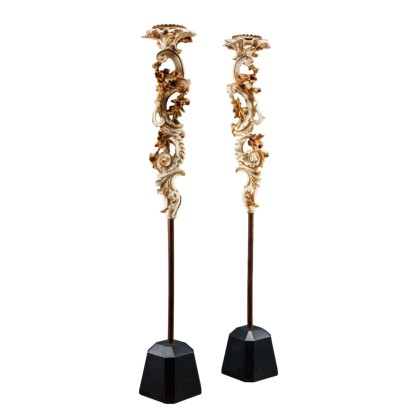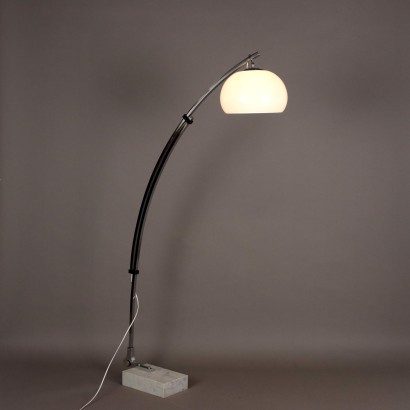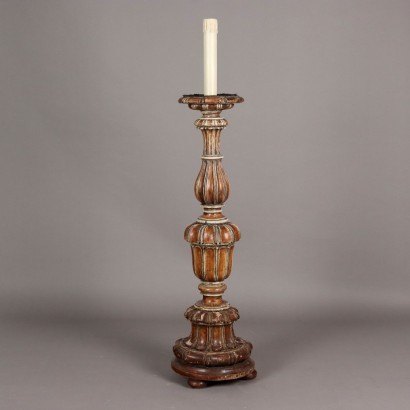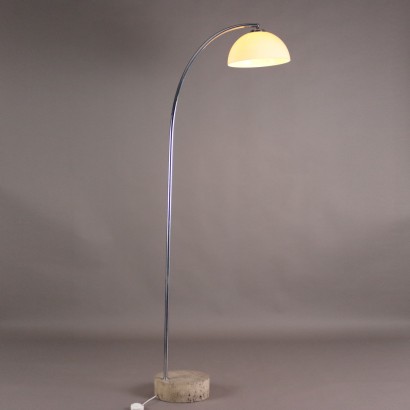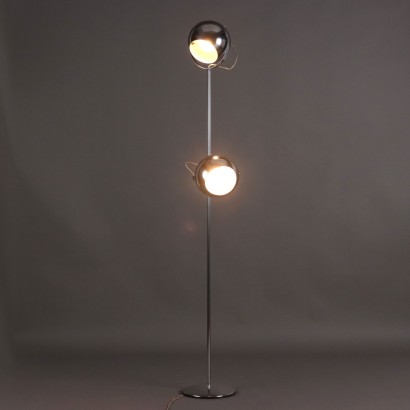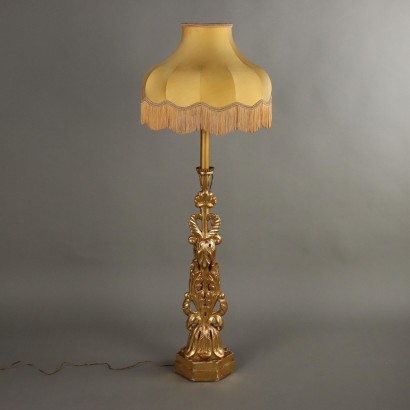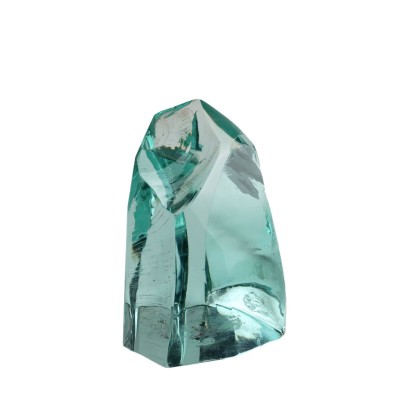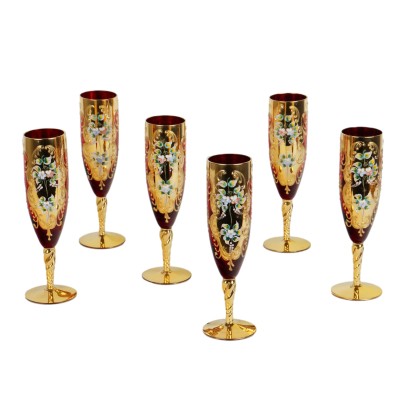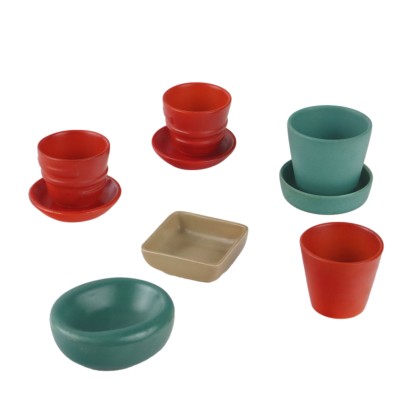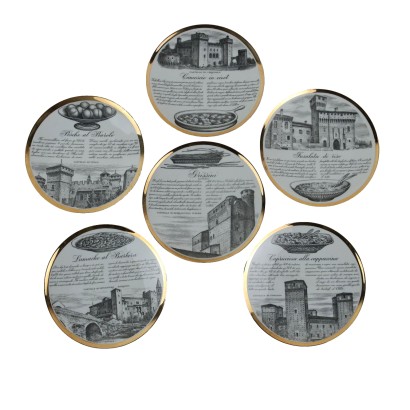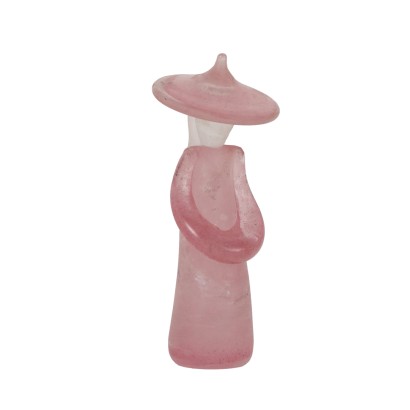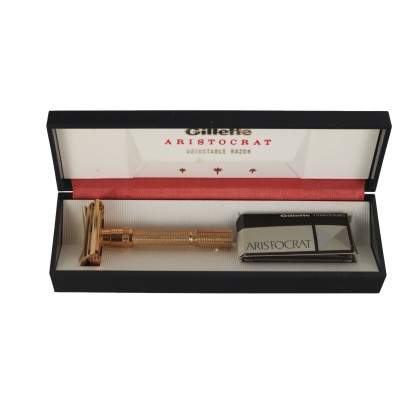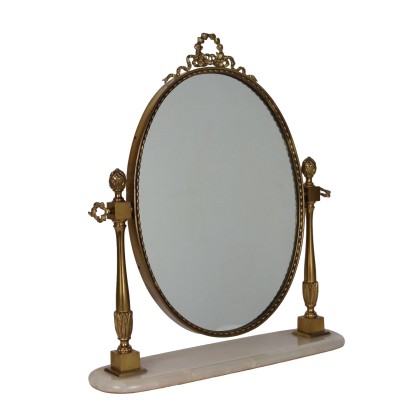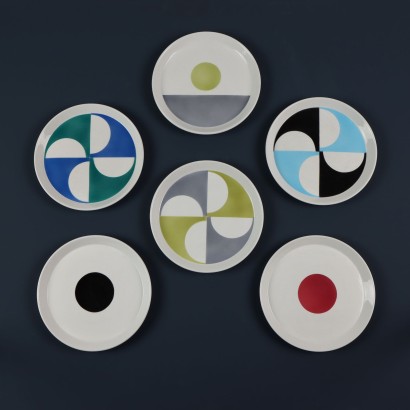Azucena LTE 3 Lamp Vintage Design Ignazio Gardella Italy 1950s-60s
Features
Designer: Ignazio Gardella
Production: Azucena
Model: LTE 3
Production country: Milano, Italy
Description
Floor lamp model "LTE 3" designed by Ignazio Gardella for an Azucena production in the 50s and 60s. Perfectly preserved with original patina, it is a liftable floor lamp with articulated reflector in polished brass, extendable telescope rod also in brass and marble base.
Product Condition:
Lamp in very good condition that may show slight traces of wear; may have undergone restoration work carried out by an expert. We try to present the real condition of the lamps as completely as possible with the photos. If some details are not clear from the photos, what is reported in the description is valid.
Dimensions (cm):
Height: 121
Depth: 40
Diameter: 20
Maximum size (cm):
Height: 179
Additional Information
Designer: Ignazio Gardella
Ignazio Gardella (Milan, 30 March 1905 - Oleggio, 15 March 1999) was an Italian architect, engineer and designer. Born into a family of architects, the progenitor is the homonymous great-grandfather Ignazio Gardella graduated in engineering at the Milan Polytechnic in 1928. The long professional activity, which began before graduation in the late 1920s with his father Arnaldo Gardella, produces a huge amount of projects and achievements. Among the first buildings we can remember the Antitubercular Dispensary of Alexandria. Before the war, some important participations in architectural competitions should also be noted, such as the one for the construction of the Casa del Fascio in Oleggio together with the architect Luigi Vietti. In the first post-war period Gardella resumed activity with full vigor, producing many important works and some masterpieces, such as the Borsalino houses in Alessandria (1952). Numerous awards have been received, including: the Olivetti National Award for Architecture (1955), the Gold Medal of the President of the Republic for Meritorious School, Culture and Art (1977), the Golden Lion career from the Venice Biennale (1996), the titles of honorary member of RIBA (Royal Institute of British Architects), member of the National Academy of San Luca and honorary member of the Brera Academy of Fine Arts. Gardella's architecture always maintains a composure that could be defined as classical. This can be deduced both from the extreme refinement of the detail, which sometimes approaches it to his contemporary friend Franco Albini, and from the control of the overall design of the building and of the architectural space. In his architecture there is the concern to detach himself from the immediate, from the fashion of the moment, and to seek a timeless elsewhere. -Production: Azucena
That of the Azucena is a story born from the dialogue between producer, architect, artisans and customers. It all began in 1947, when a group of young Milanese - Luigi Caccia Dominioni, Corrado Corradi Dell'Acqua, Ignazio Gardella, Maria Teresa and Franca Tosi - decided to start the production of furniture designed by some of them in order to have a repertoire of ready-made furnishings, from sofas to handles, from tables to doorstops, for the homes they are planning. They are experimental furniture and objects that modify custom, contemplating the use without preconceptions of new materials, often combined with traditional ones in a completely surprising way. Even the realization is laborious and complex because their components are many and can come indifferently from industry or crafts. The lacquer, the polished chromed brass, the crystal reveal a constant search for luminosity, brilliance, transparencies, in materials as well as in finishes and colors, to escape from a conventional severe opacity. The furnishings are often called prosaically (Funnel, Boccia, Chrome bands, Ventola, Toro) to indicate, in a synthetic organicistic vision, a form, a constitutive principle; in other cases the names are taken from the toponym (Arenzano, Bordighera, Sant'Ambrogio or San Siro) used to designate the specific architecture that originally contained them and justified their design. At the base, therefore, of every single Azucena piece there is a particular architectural condition that it continues to reverberate, reproducing the echo of a reason for being.Time:
1950s
1950s1960s
1960sOther customers have searched:
Approfondimenti
Se vuoi conoscere qualcosa in più sul mondo dell'illuminazione di modernariato, consulta gli approfondimenti del nostro blog:Che cos'è il vetro opalino
Il lampadario Maria Teresa, un grande classico dell'illuminazione
Due epoche per un lampadario dal gusto unico
Lampadari Neoclassici Eleganti per Ricevimenti
Le Icone del design:
Lampada Arco: icona tra le icone
Esempi di abbinamento di lampade da terra di modernariato con altri arredi, su Corner MiX:
Corner MiX n.5
Corner MiX n.18
Consulta anche il nostro Catalogo illuminazione FineArt in cui puoi trovare lampade da terra di rara bellezza, come, per esempio:
Lampada LTE8 di Ignazio Gardella per Azucena
Lampada LTE10 Luigi Caccia Dominioni
Lampada "Excalibur" Ettore Fantasia e Gino Poli per Sothis
Lampada da terra 'Prisma LTE12', Ignazio Gardella per Azucena
Lampada da terra 'Polimnia', BBPR per Artemide
Lampada da Terra 'Ro' Studio BBPR
Coppia di Candelabri, Claude Francois Rabiat, Parigi, 1810 ca.
Sul modernariato in generale
From the Sixties to the Sixteenth Century – From the Sixteenth Century to the Sixties
Sedute design
Le sedute e la nascita del design
Sacco - la poltrona trasformista
Valigia - la lampada da viaggio
Pistillino - la natura che incontra il design
Eames lounge chair
Tizio by Artemide - l'equilibrio del movimento
Come dare un look mid century alla propria casa
Design scandinavo vs Design Italiano
Alla scoperta del modernariato
Product availability
The product can be seen at Milan
Immediate availability
Ready for delivery within 2 working days from ordering the product.

